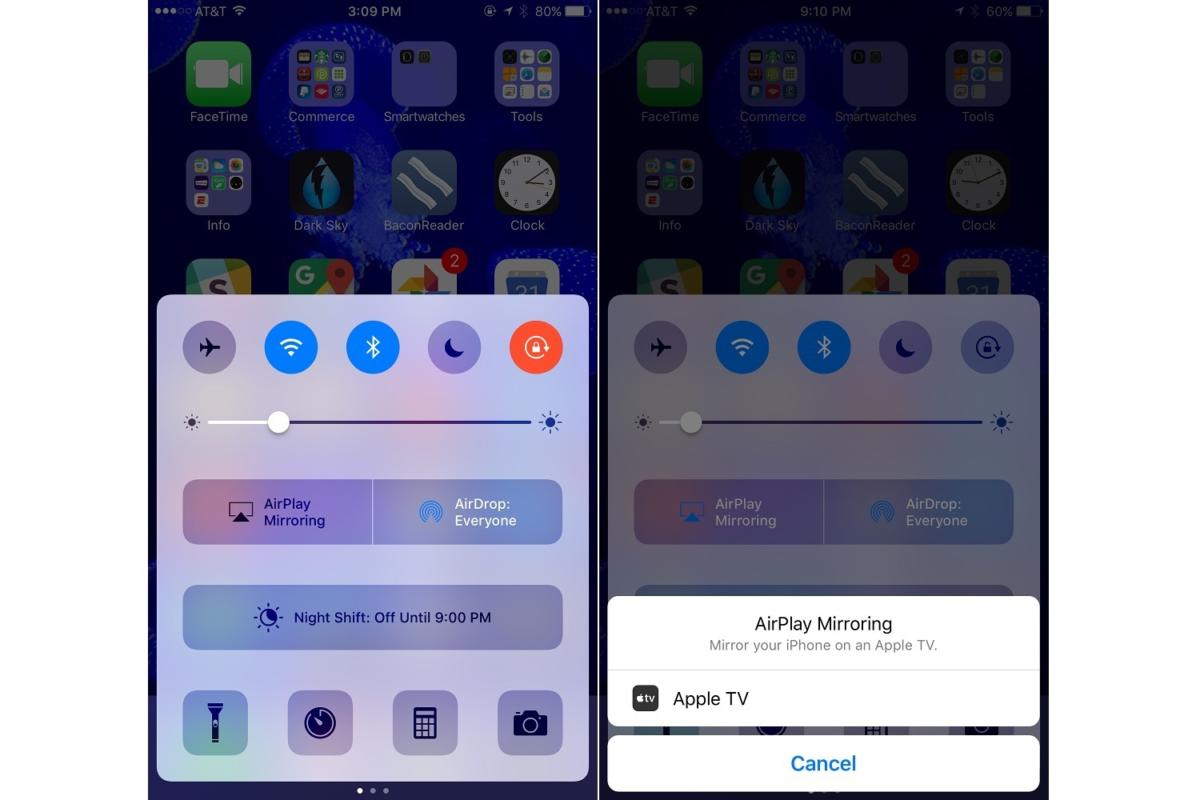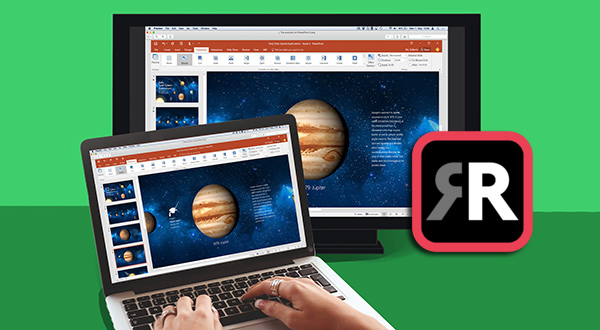
On the transport layer, TCP or UDP are used.

The connection is created via WPS and therefore is secured with WPA2. It allows sending up to 1080p HD video ( H.264 codec) and 5.1 surround sound ( AAC and AC3 are optional codecs, mandated codec is linear pulse-code modulation – 16 bits 48 kHz 2 channels).

Miracast is based on the peer-to-peer Wi-Fi Direct standard. In 2017, Wi-Fi Alliance stated Miracast as a use for Wi-Fi Direct. In 2013, Nvidia announced support for Miracast. Adapters became available that may be plugged either into HDMI or USB ports, allowing devices without built-in Miracast support to connect via Miracast. Devices that are Miracast-certified can communicate with each other, regardless of manufacturer. The Wi-Fi Alliance launched the Miracast certification program at the end of 2012.

It can roughly be described as " HDMI over Wi-Fi", replacing the cable from the device to the display. Miracast (also called screen mirroring and wireless display among other names on consumer devices ) is a standard for wireless connections from sending devices (such as laptops, tablets, or smartphones) to display receivers (such as TVs, monitors, or projectors), introduced in 2012 by the Wi-Fi Alliance. Peer-to-peer wireless screencasting standard


 0 kommentar(er)
0 kommentar(er)
